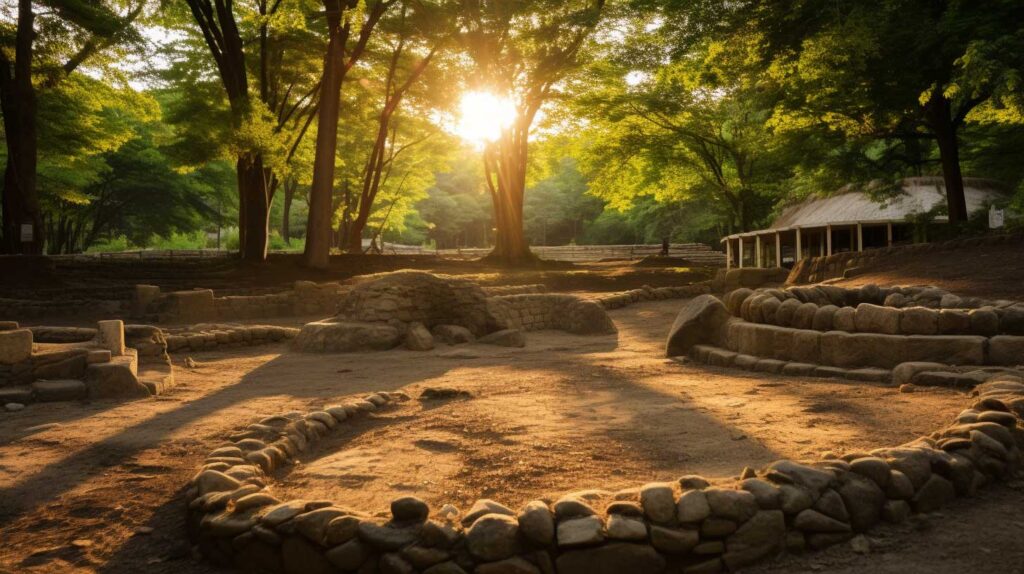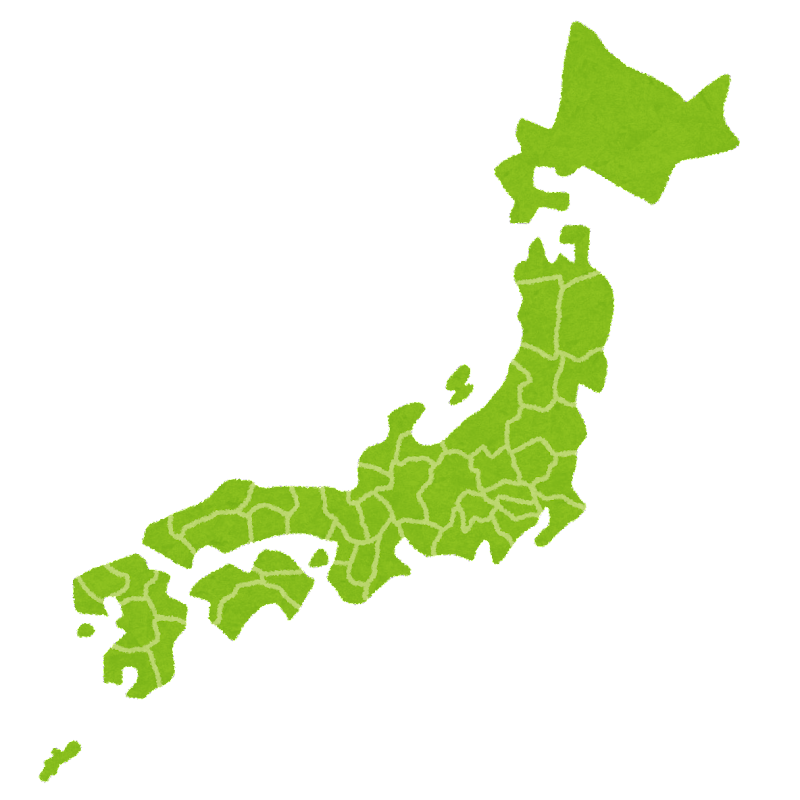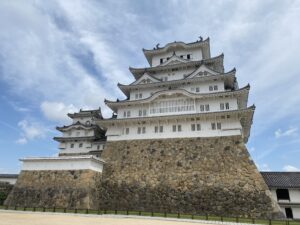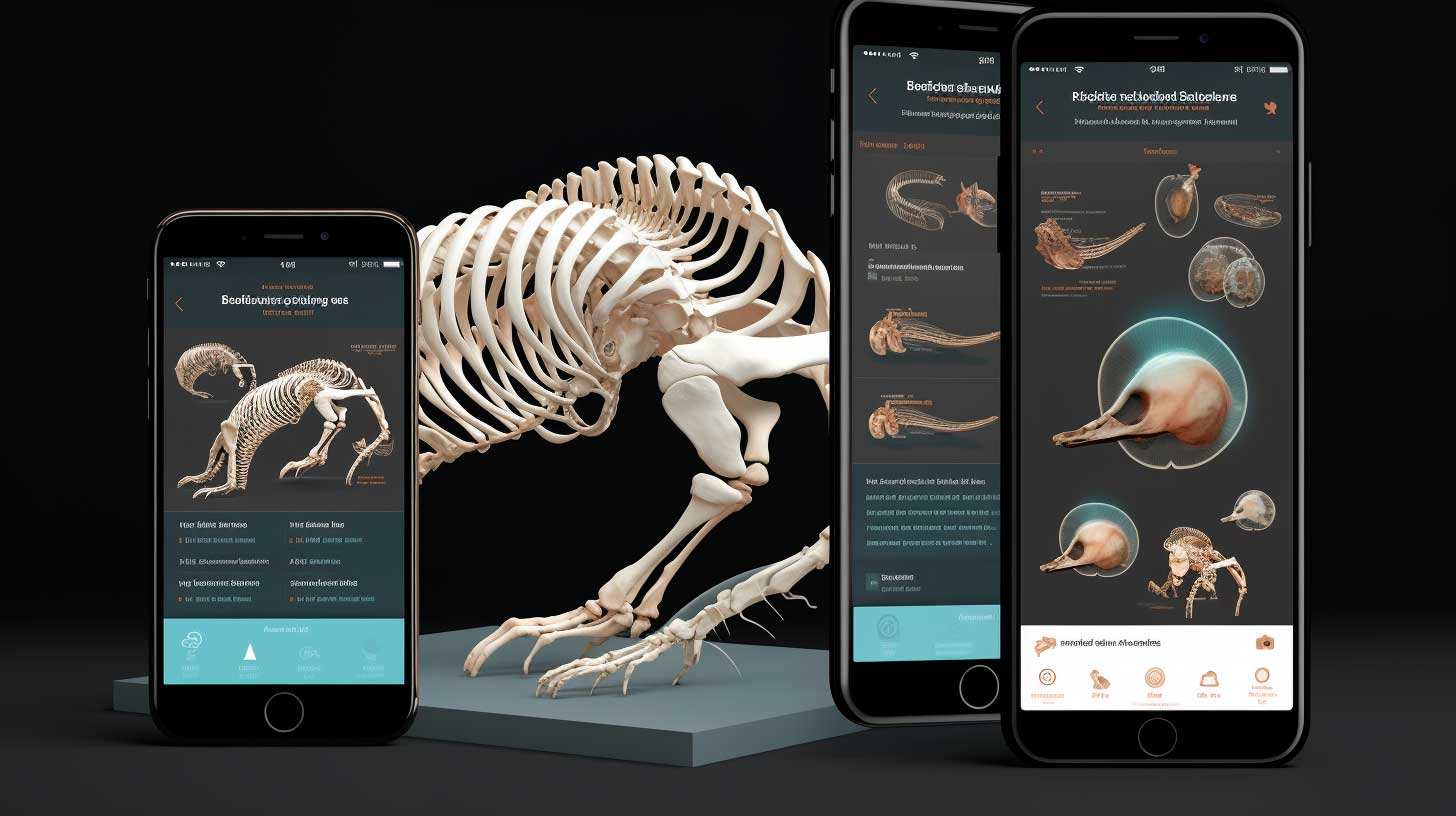Japan is home to many fascinating archaeological sites. They are of great importance in elucidating the lives of people in the past. The following is a list of sites that have been important discoveries in the history of Japanese archaeology. You can also see some great exhibits, so please visit them and I recommend you to do so.
Archaeological site
Archaeological remains is the study of the traces of human activity. There are many different types of archaeological sites, ranging from massive structures such as castles and pyramids to those buried underground and usually unseen. They appear in a variety of forms, including daily life, rituals, production activities, and tombs, and range in age from more than 2 million years ago to modern times.
An archaeological site is composed of two elements: “remains” and “artifacts. Remains refer to structures left behind, such as burial mounds and dwelling sites, and artifacts refer to objects left behind, such as stone tools and earthenware. The layout and shape of ruins indicate the state of economy, politics, culture, and society at that time, and we can glimpse the world of people’s minds at that time through the ruins and artifacts.
Ruins have also changed and diversified with human history. From our ancestors, who first lived in caves and in the shadows of rocks and used natural materials as tools, we can see how they developed heating technology, metal mining, communication methods, clothing, language, food culture, and so on.
Ruins are a bridge between the past and the present, allowing us to see the process of their continuous change. The study of archaeological sites not only allows us to understand our history, culture, and technological development, but also serves as a starting point for change from the past to the future.
Here are five famous archaeological sites in Japan:

sakura
Welcome to Japan! Please refer to it when you visit Japan! enjoy!
Discover the rich tapestry of Japan’s archaeological history as we take you on a journey through time, exploring some of the most significant and fascinating sites from various eras. Uncover the mysteries of the Jomon period at the kasori Kaizuka, a shell mound that sheds light on the lives of ancient hunter-gatherers. Delve into the agricultural society of the Yayoi period at the Toro ruins, where ancient dwellings and artifacts bring the past to life. Marvel at the grandeur of the Ishibutai Kofun, a magnificent tomb from the Kofun period that showcases the power and artistry of early Japan. Witness the remnants of Dazaifu, the administrative center of ancient Kyushu, as it reveals the intricacies of Japan’s early government. Finally, experience the splendor of the Goryokaku fortress, a symbol of Japan’s tumultuous transition into the modern era. Join us as we unveil the captivating stories and hidden treasures that make these sites an essential part of Japan’s cultural heritage.
加曽利貝塚:The Kasori Shell Mound
The Kasori Shell Mound, located in Chiba City, Chiba Prefecture, is one of the largest settlement sites representing the Jomon Period in Japan. The site consists of a 140-meter-diameter ring-shaped northern shell mound from the Middle Jomon Period (approximately 5,000 to 4,000 years ago) and a 190-meter-long, horseshoe-shaped southern shell mound from the Late Jomon Period (approximately 4,000 to 3,000 years ago).
Since its introduction to the academic world in 1887 (Meiji 20), Kasori Shell Mound has attracted much attention regarding research studies on excavated Jomon pottery and burial dogs. With the development of residential areas in the vicinity, expectations for the preservation of the ruins rose nationwide in 1963. As a result, the North Shell Mound was designated as a historic site in 1971, and the South Shell Mound in 1977.
The Kasori Shell Mound Museum, which opened in 1966, pioneered the utilization of buried cultural properties with citizen participation and has disseminated information nationwide. The site has also become an extremely well-known archaeological site, with photos of the site appearing in junior high school and high school textbooks.
Today, Kasori Shell Mound has facilities that allow visitors to observe cross sections of shell layers and reconstructed pit buildings, and visitors can freely walk around the entire site. This allows visitors to get an up-close look at a Jomon-era settlement and deepen their understanding of history and culture.
登呂遺跡:The Toro Site
The Toro Site, located in Shizuoka City, Shizuoka Prefecture, is a representative site of the Yayoi Period, characterized by rice paddies, flat-land buildings, and warehouses. It was discovered during the construction of a munitions factory in 1943 during World War II. It attracted a great deal of attention from the academic community, and was also the first time in Japan that the remains of paddy fields from the Yayoi period had been identified. During the dark period immediately after the defeat in World War II, this site, which represents “the original landscape of Japanese farming villages,” gave courage to the Japanese people. In March 1952, the site was designated as a historic site, and in November of the same year, it was elevated to the status of a special historic site in recognition of its reputation as “the Shosoin of the common people. The Toro Site is so famous that its maintenance scenery has been featured in textbooks.
The Shizuoka Plain, where the Toro Site is located, is a fan-shaped area created by the Abe and Warashina Rivers. In the late Yayoi Period, about 2,000 years ago, many settlements existed on the “micro-highlands,” small levee-like areas created by the flow of the two rivers. One of them is the Toro Site. It was found that the village was operated for a long period of time from the early part of the Yayoi Period (1st century) to the early part of the Kofun Period (4th century). Furthermore, many flat buildings and hottate-bashira (dugout pillar) buildings were identified, the latter of which were found to consist of stilt warehouses and ritual facilities.
The Toro Site is considered a very important archaeological site in terms of providing insight into the structure and lifestyle of a village during the Yayoi period. Careful investigation and research of the ruins will reveal the reality of rural life at that time and deepen our understanding of Japan’s history and culture.
石舞台古墳:Ishibutai Tumulus
Ishibutai Tumulus is located in the Shimasho district of Asuka Village, Nara Prefecture, surrounded by rice paddies, and is a burial mound characterized by a horizontal stone chamber composed of huge stones.
Research conducted in the early Showa period (1926-1989) revealed that the Ishibutai tumulus was square, measuring approximately 50 m on a side. Because it has one of the largest horizontal stone chambers in Japan, it was designated as a historic site in 1935 and later elevated to the status of a special historic site in 1952. Excavations conducted in conjunction with maintenance work have revealed that the burial mound was a two-tiered square burial mound.
The stone chamber is composed of more than 30 megaliths, and the exposed ceiling stone is particularly large. The total length of the stone chamber is 19.1 m, the height of the chamber is 4.7 m, and the height of the envy way leading to the chamber is 2.4 m. The scale of the stone chamber is breathtaking. This unprecedented size is thought to symbolize the power of the powerful family that ruled the Asuka period, the stage for the formation of the ancient state. The Ishibutai Kofun Tumulus is a site that leaves a strong impression on visitors because of its historical value and unique structure.
太宰府跡:The Dazaifu Site
Located in Dazaifu City, Fukuoka Prefecture, about 14 kilometers inland from Hakata Bay, the Dazaifu Site was the administrative center of the ancient Kyushu region, functioning from the late 7th to the early 12th century, and was called the “Imperial Court of Faraway” in contrast to Nara, where the Heijo Palace was located. Famous cultural figures such as Kibi Makibi and Sugawara Michizane were also active in Dazaifu.
The government office of the early Nara period measures 215 meters from north to south and 119 meters from east to west. About 1 km to the south are the ruins of the Hakodate, where foreign envoys were entertained. To protect Dazaifu, a water fortress was constructed in 664 (Tenchi 3) after the Battle of Hakumura-jiang. The earthen mound was 80 meters wide at the base, 10 meters high, and 1.2 kilometers long, and a 60 meter long moat was built on the Hakata Bay side.
Behind Dazaifu is Ono Castle, built in Tenchi 4. The earthen mounds and stone walls totaling approximately 8 kilometers in length remain, and the remains of approximately 70 foundation stone buildings have been found. The northern wall, Hyakumen Ishigaki, is particularly spectacular.
Dazaifu is a valuable site where visitors can feel the ancient history of Japan, and is a recommended sightseeing spot for foreign tourists. We encourage those with an interest in history to visit this place to experience its beautiful scenery and culture.
五稜郭跡:Goryokaku
Goryokaku was the facility of the Hakodate Magistrate’s Office of the Edo shogunate, built in Hakodate, Hokkaido, at the end of the Edo period. With the opening of the country to the outside world and the opening of the port of Hakodate, the Magistrate’s Office, originally established at the foot of Hakodate Mountain, had to be relocated inland to Kameda for defensive reasons. Construction of Goryokaku took seven years, and was completed in 1864, when the new magistrate’s office was established here.
Goryokaku was designed by the Dutch scholar Takeda ayasaburo nariaki, and was based on European fortifications of the ridge-top style. A stone moat was built around the perimeter of the fortress, and the distinctive shape of the fortress with five projecting corners was constructed. A half-moon fort (horse outstretched mound) was also built outside the moat on the Ote side.
In 1868, the Magistrate’s Office was handed over to the new government, but in October of the same year, Goryokaku was occupied by a deserter army of the former shogunate led by Takeaki Enomoto, and was the scene of the Hakodate War until it was surrendered in May of the following year by a general attack of the new government forces.
Goryokaku played an important role in Japan’s history and is still visited by many people as a tourist attraction. We encourage you to visit this valuable relic where you can feel the history of the end of the Tokugawa Shogunate.

sakura
In addition to the archaeological sites introduced so far, I also recommend the World Heritage Site of Himeji Castle. I’ve written a commentary below that includes photos from my recent visit to Himeji Castle, so be sure to read on!
Conclusion

Through our journey through the archaeological history of Japan, we have shown you the fascination of important archaeological sites from various periods: the Kasori shell mound from the Jomon period, the Toro site from the Yayoi period, the Ishibutai tumulus from the Kofun period, the Dazaifu site from the ancient period, and the Goryokaku site from the modern period. These sites are essential for understanding the diversity of Japan’s history and culture, and by visiting them, visitors can come into contact with life and culture of the distant past. By learning from these sites, we will be reminded of the depth and fascination of Japanese history. If, through this trip, you have developed an interest in Japanese history and a desire to learn more about it, that is the greatest joy of all. Let us continue to cherish every opportunity to experience Japanese history and culture, and to make efforts to spread its charms.




